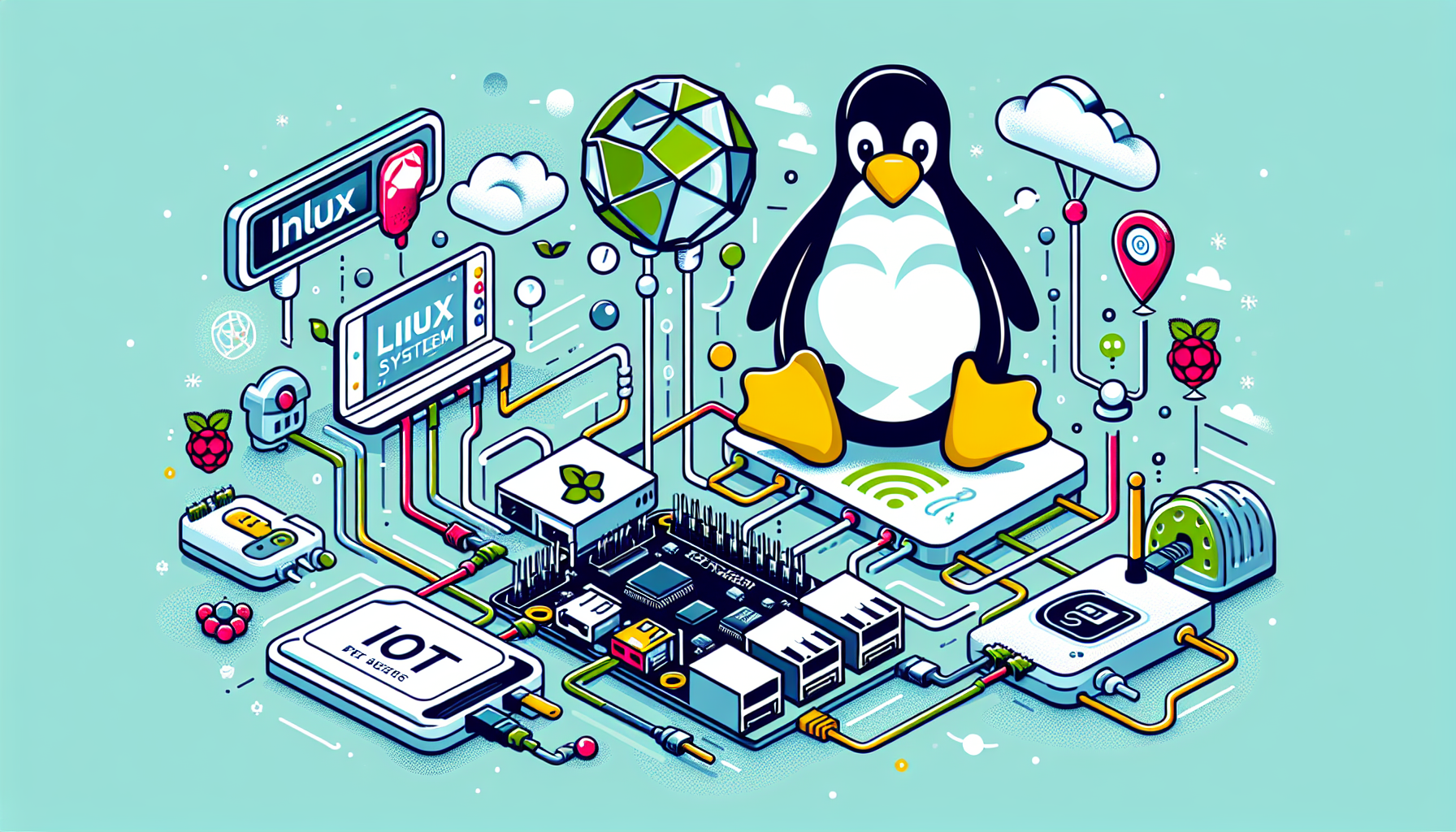Addressing Common API Integration Challenges: Practical Solutions for Streamlining Connectivity and Data Exchange
Introduction
Integrating APIs (Application Programming Interfaces) is a vital task for modern product development in order to link different systems and make them function together seamlessly. However, during the integration process, developers often encounter various challenges that can impede progress and affect performance. This post explores some of the most common API integration challenges and offers practical solutions to help overcome these obstacles.
Common API Integration Challenges
Authentication Issues
APIs require secure interaction mechanisms, and issues in authentication are amongst the most common challenges. These include:
- Mismanagement of credentials
- Inefficient token management
- Improper implementation of security protocols
Inconsistent API Standards
Not all APIs follow the same standards or protocols, leading to integration difficulties such as:
- Different data formats (JSON, XML)
- Varied authentication methods
- Diverse response status codes
Performance Limitations
Handling large volumes of data or high-frequency requests can strain APIs, potentially causing:
- Slow response times
- Timeouts
- Rate limiting and API throttling
Difficulty in Handling API Changes
APIs are continuously updated, and keeping up with changes can be challenging, resulting in:
- Deprecated endpoints
- Changes in data format
- New authentication requirements
Practical Solutions for API Integration
Effective Authentication Management
To address authentication issues:
- Use environment variables to store sensitive credentials
- Implement efficient refresh strategies for authentication tokens in session management
- Apply secure protocols such as OAuth for third-party services
Standardization and Abstraction
To manage inconsistencies in API standards:
- Utilize API gateways or integration platforms to standardize data formats and API calls
- Create abstraction layers in your application to deal with different APIs uniformly
Performance Optimization
For improving API performance:
- Implement caching mechanisms to reduce the load on API servers
- Utilize asynchronous API calls to handle long-running tasks
- Monitor API usage and adjust the rate limits appropriately
Handling API Evolution
To effectively deal with API changes:
- Subscribe to API provider’s newsletters or changelog updates
- Employ version control mechanisms in API calls
- Build and maintain a flexible codebase that can adapt to changes smoothly
Conclusion
API integration poses myriad challenges, but with the right strategies, these can be effectively managed. By focusing on robust authentication practices, embracing standardization, optimizing performance, and keeping abreast of API developments, developers can ensure smooth and efficient API integrations. Through these measures, they can enhance connectivity and data exchange across diverse systems, leading to more successful and resilient applications.




